ZamaNguni Gumede Was in Mortuary a Day After She Went Missing, Family Discovers

Durban, KZN — The family of ZamaNguni Gumede, the 33-year-old Shoprite employee and mother of two who was recently found dead, has been dealt another emotional blow: they have now confirmed that Zama was already deceased just one day after she was reported missing — and her body had been lying in a mortuary 40 days while the family desperately searched for her.
ZamaNguni Gumede went missing on Sunday, 15 June 2025, after returning home from church in Georgedale, Hammarsdale. She received a phone call, told family members she was stepping out to meet someone, and never came back.
“ZamaNguni Was in the Mortuary While We Were Still Searching.”
On 25 July, 40 days after her disappearance, the family finally received confirmation that Zama’s body had been discovered in a flat in Field Street, Durban Central, and transferred to Phoenix Mortuary.
Now, a heartbreaking detail has emerged: ZamaNguni was reportedly found dead on 16 June, just one day after she left home.
“Imagine… we’ve been searching for someone who was already in the mortuary for 40 days,” a family member said tearfully. “We had no idea. No call. No notice. We only found out when it was too late.”
The delay in identifying her body — and informing the family — has added another layer of grief and confusion to an already devastating situation.
Also Read | Missing Shoprite Employee Found Dead in Durban Flat
ZamaNguni Gumede’s Story: A Life Cut Short
ZamaNguni was a well-known Shoprite worker, a mother of two, and the sole parent to her children following the death of their father last year. She worked hard, was deeply involved in her family’s life, and was described by those who knew her as “quiet, loving, and focused on her children.”
Her sudden disappearance shook her community, prompting an urgent search for her. Flyers were circulated. Calls were made. Police were approached. But no answers came — until now.
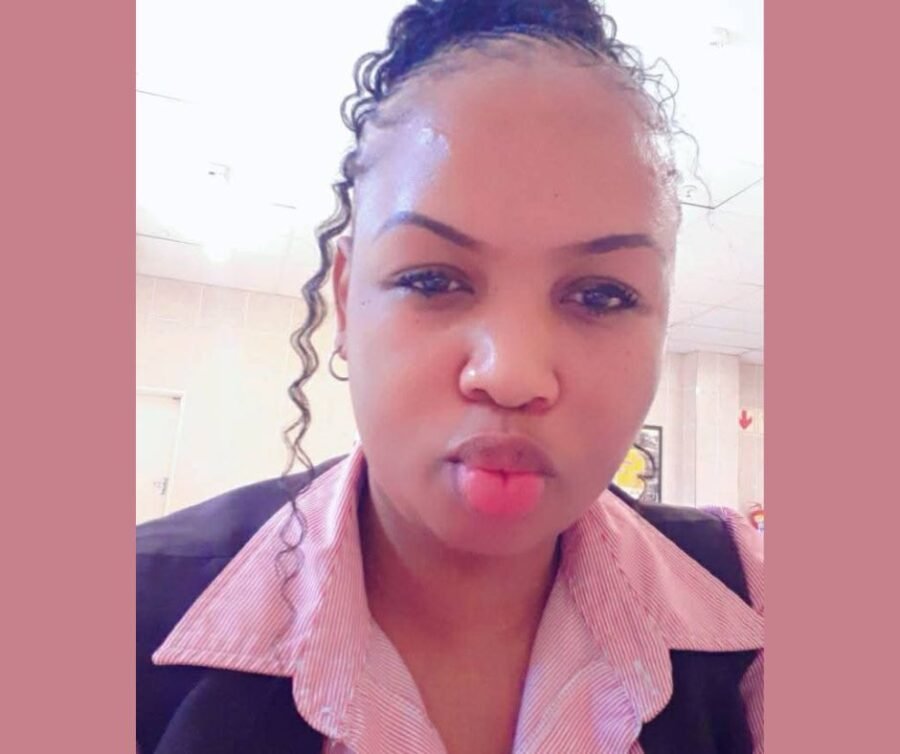
Two Children Left Behind
Zama leaves behind a 12-year-old son and a 5-year-old daughter, both of whom are now without parents. The family is doing their best to care for the children while navigating unimaginable grief and the unanswered questions surrounding her death.
“How do we explain to the kids what happened? That their mother was gone all this time, and no one told us?” the family asks.
Read | Where is ZamaNguni? Missing Mother of 2 Last Seen After Church – Family Says Police Let Them Down
Where Was the Accountability?
ZamaNguni Gumede’s family reported her missing on 22 June — a full week after she was last seen. What they didn’t know at the time was that a body had already been found in Durban Central, on 16 June, just one day after she disappeared. That body turned out to be Zama.
This raises serious concerns: why did SAPS not cross-reference new missing person reports with unidentified bodies found within the same period and area? If Zama’s case had been handled with more urgency — or if protocols were followed to their fullest — her family could have had answers much sooner and been spared the agony of uncertainty for weeks.
Processes Must Be Questioned and Strengthened
When someone is reported missing, SAPS is expected to open a case immediately, assign a case number, and begin a thorough investigation. Simultaneously, when an unidentified body is found, officers are supposed to log the case, conduct basic ID checks, and circulate the description to nearby stations — especially when a missing persons report has been filed.
Yet in ZamaNguni’s case, this critical intersection between missing persons data and mortuary logs failed. The body was not matched with her missing profile, and her family remained unaware of the discovery for 40 days.
The Breakdown in Communication with Public Platforms
Another deeply troubling issue is the lack of cooperation between SAPS and community-driven platforms like Missing Persons South Africa, which post daily alerts and help bring nationwide attention to missing people. Had SAPS shared basic details — such as a clothing description, distinguishing features, or location of discovery — platforms like these could have alerted the family sooner.
“We never saw a post from SAPS Durban saying they found a body in Field Street,” one family member noted.
“Even just a description might have helped us connect the dots earlier.”
This lack of transparency and partnership with media or civil platforms delays progress — and in many cases, allows pain and panic to grow while answers sit waiting in silence.
Time for Change in How SAPS Handles Missing Persons
While law enforcement has a difficult and often thankless job, cases like Zama’s reveal systemic gaps that must be closed. Families should not be left to search morgues, hospitals, and streets on their own. They should not be dismissed when reporting loved ones missing. And above all, the different branches of SAPS — along with mortuaries and public information offices — must be working together, not in silos.
This is not just about one family or one tragedy. This is about building a more accountable, responsive, and compassionate system — one that listens, informs, and acts swiftly.
Here are cases where family members were searching for their loved ones, only to find they were in Mortuaries for months, and some were found badly decomposed because they were not put in fridges by the state:
What Happens Now?
At this stage, the family says they are focusing on arranging a proper farewell for Zama and trying to come to terms with how things unfolded. While they have expressed disappointment in the process — particularly the lack of communication from officials — their tone remains one of heartbreak rather than blame.
They have called for greater awareness and improvement in how unidentified bodies are handled and communicated to families during missing person cases.
“We’re not pointing fingers right now. We just want answers and better systems so no other family goes through this,” they said.
A Final Word
ZamaNguni Gumede’s story is one of love, loss, and the deep pain of not knowing. Her life mattered. And her memory should be honoured not only by her loved ones, but by a system that learns from what went wrong.


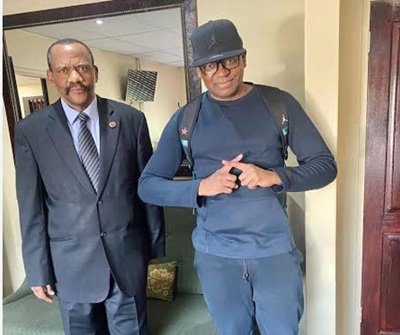

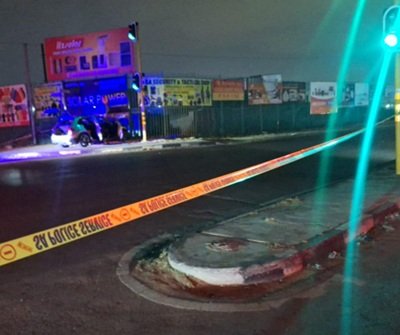
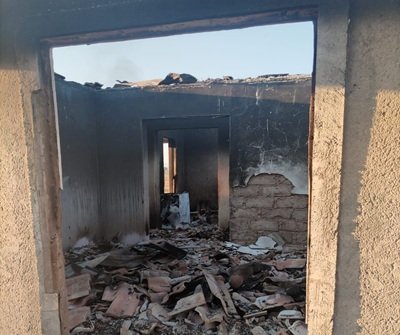
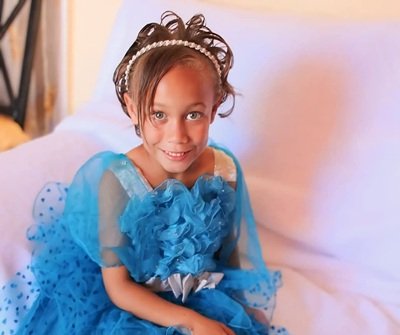
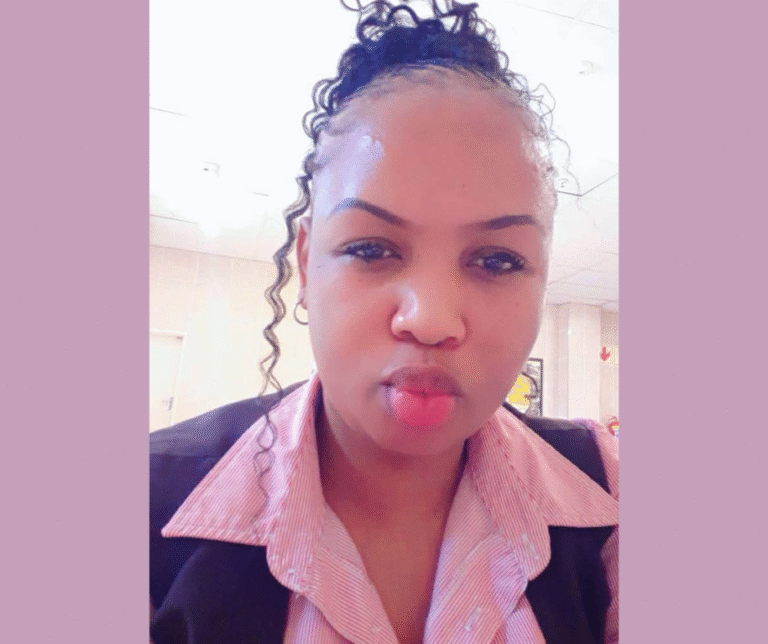
2 Comments